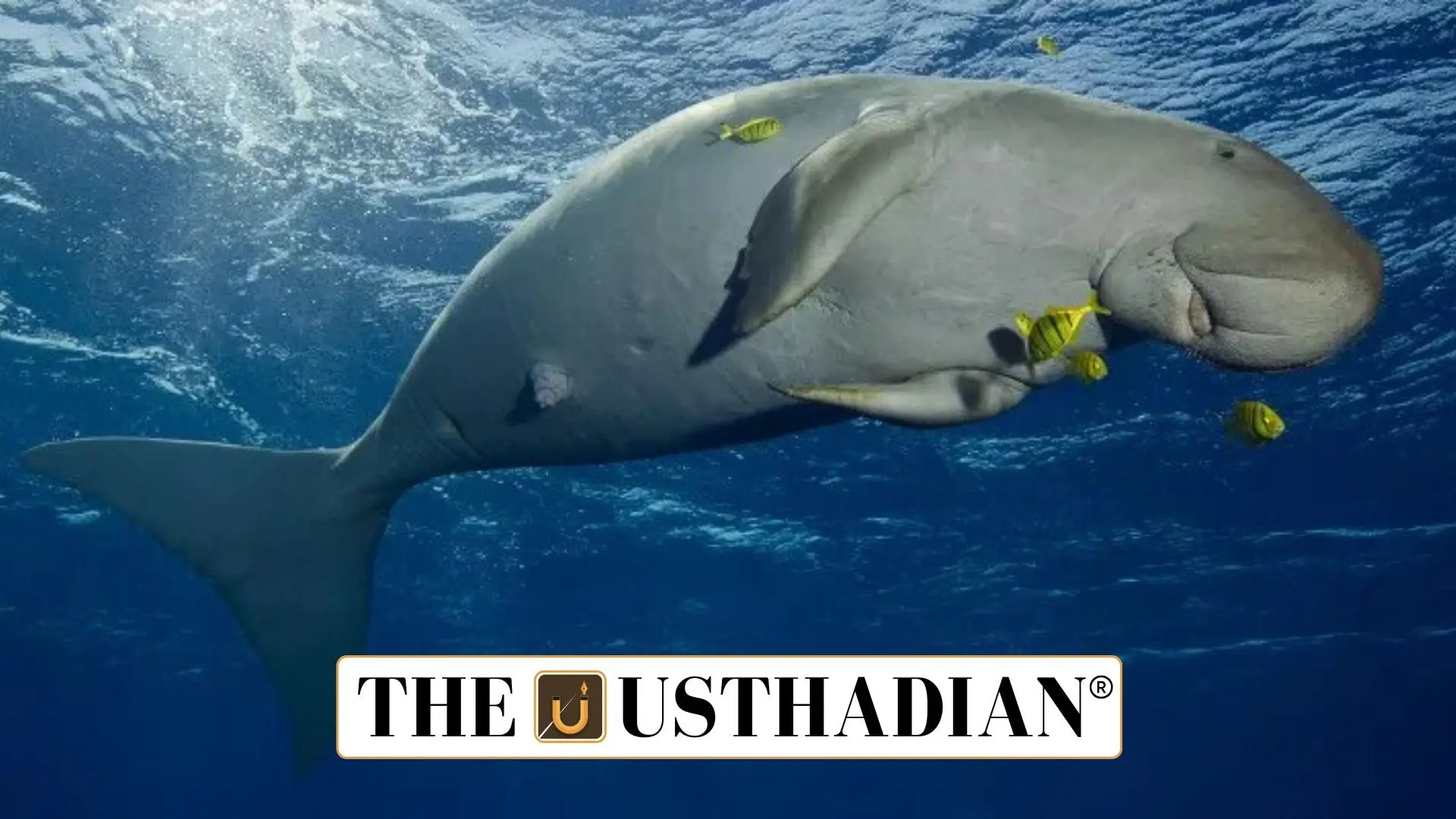The gentle grazer of the sea is vanishing fast
Dugong conservation efforts in India gain urgency: The dugong, often called the sea cow, is a shy marine creature that once thrived in Indian waters. Today, only around 200 individuals are left. These gentle mammals glide slowly through the sea, feeding exclusively on seagrass. Unlike dolphins or whales, dugongs are herbivorous, and they depend entirely on shallow coastal waters rich in seagrass meadows.
India is home to a few key dugong habitats. The Palk Bay in Tamil Nadu is where most of them are spotted. Other regions include the Gulf of Mannar, Gulf of Kutch, and the Andaman and Nicobar Islands. However, dugongs are not just found in India. Globally, Australia holds the largest dugong population.
Dugongs face serious threats
The dugong population has been declining mainly due to habitat loss. Coastal development, pollution, and boating activities disturb their fragile ecosystems. Since dugongs grow slowly and have a long lifespan, even a small rise in mortality can impact their population drastically.
Conservation efforts have been gaining momentum, especially in India. Dugongs are listed as Vulnerable on the IUCN Red List, which means they face a high risk of extinction in the wild.
Legal and policy-level protection for dugongs
India has recognised the importance of protecting dugongs. They are listed under Schedule I of the Wildlife Protection Act, 1972, offering them the highest level of protection under Indian law. Moreover, dugongs are listed in Appendix II of the CMS (Convention on the Conservation of Migratory Species), which encourages international cooperation.
India is also a signatory to the UNEP/CMS Dugong MoU, a global agreement aimed at conserving dugongs and their habitats. In addition, dugongs are now a part of India’s Endangered Species Recovery Programme, which supports species-specific action plans and long-term protection strategies.
Conservation reserve marks a turning point
In a significant move, India has established its first Dugong Conservation Reserve in Palk Bay, Tamil Nadu. This protected area aims to restore the seagrass ecosystem and control human activity in sensitive zones. It represents a hopeful step toward reversing the decline of the dugong population.
While dugongs are elusive and rarely seen, their presence is a sign of a healthy marine ecosystem. Saving them will also benefit the coastal communities that rely on the sea.
Static Usthadian Current Affairs Table
| Topic | Details |
| Dugong nickname | Sea Cow |
| Population in India | Around 200 |
| Global stronghold | Australia |
| Indian habitats | Palk Bay, Gulf of Mannar, Gulf of Kutch, Andaman & Nicobar Islands |
| Main diet | Seagrass |
| IUCN Red List Status | Vulnerable |
| CMS listing | Appendix II |
| Indian law protection | Schedule I, Wildlife Protection Act 1972 |
| International agreement | UNEP/CMS Dugong MoU |
| Indian initiative | Endangered Species Recovery Programme |
| First conservation reserve | Palk Bay, Tamil Nadu |








